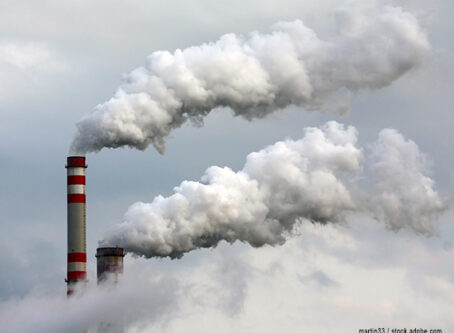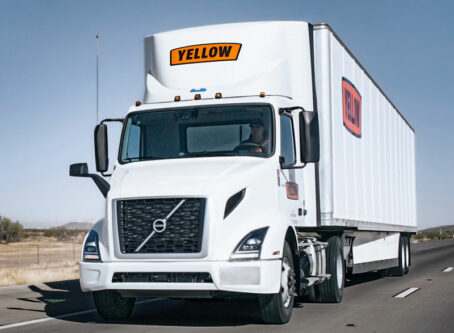Climate change significantly affects Midwest infrastructure, report says
Hurricanes devastated entire cities this year, including significant damage to infrastructure. Is climate change to blame, and can we do something about it? According to the Midwest Economic Policy Institute, the answer to both questions is “yes.”
In the United States, temperatures are rising and extreme weather is more commonplace, according to a 2015 Environmental Protection Agency report. Although Hurricanes Harvey, Irma and Maria may or may not be a direct result of climate change, it was enough for MEPI to study the impact of climate change on infrastructure in the Midwest, which includes Illinois, Indiana, Iowa, Michigan, Minnesota, Missouri, Ohio and Wisconsin.
Weather impact
From 1900 to 2010, the air temperature has increased 1.5 degrees in the Midwest. Narrowed down to 1950-2010, the increase is 3 degrees and jumps to 4.5 degrees from 1980 to 2010. At this rate, researchers predict spring precipitation from 2041 to 2062 will increase 9 percent, while summer precipitation will decrease 8 percent.
This means a significantly wetter spring and a drastically drier summer, i.e. more extreme weather. Already, the percentage of days with “very heavy precipitation” has increased by 27 percent in the Midwest from 1958 to 2007.
The institute also cites research that indicates less ice coverage in the Great Lakes. Although less ice coverage translates to longer shipping seasons, the consequences are erosion and flooding at the lakeshores.
Infrastructure impacts
As reported by Land Line in this year’s August/September cover story, extreme heat can wreak havoc on roadways and bridges.
“Temperature increases have the potential to affect and reduce the life of asphalt road pavements through softening and traffic-related rutting,” the National Cooperative Highway Research Program says. “Extreme heat can also stress the steel in bridges through thermal expansion and movement of bridge joints and paved surfaces.”
Flooding also will weaken roads, bridges and tunnels. MEPI also notes that more frequent freeze-thaw cycles common in the Midwest will add stress to pavements.
The study points out the obvious economic impact caused by severe weather. Cutting off transportation during and in the aftermath of a storm stifles commerce. After Hurricane Harvey, jobless claims went up as did fuel prices, which directly affects consumer spending. Estimated total economic costs of Harvey range from $70 billion to nearly $200 billion, making the hurricane potentially the costliest storm in U.S. history.
According to a 2013 study by an Indiana University researcher, the Midwest generates approximately $2.6 trillion in gross domestic product.
Possible solutions
Since most of the nation’s infrastructure is publicly owned, government policies could be the most effective way to address weather-related issues.
At the federal level, the Obama administration tackled climate change with the Clean Power Plan, participation in the worldwide Paris Agreement, setting energy-efficiency standards for appliances and buildings, and establishing a Task Force on Climate Preparedness and Resilience.
Although the Trump administration has reversed many of these initiatives, state and local governments are still implementing their own climate change policies. Greenhouse gas emission targets have been set in Illinois, Michigan and Minnesota. Climate Action Plans are in place for Illinois, Iowa, Michigan, Minnesota, Missouri and Wisconsin. Adaptation plans have either been completed or are in progress in Iowa, Michigan, Minnesota and Wisconsin. Of Midwestern states, only Indiana and Ohio have failed to implement any of the above three climate policies.
MEPI also suggests new standards such as pavement construction. Areas that typically have a cooler climate appear to be the most affected as they have never had to prepare for so much heat. For example, Arizona’s roadways are built for the heat, whereas roads in Minnesota are not. Adhering to the same heat-related standards could prevent future damage in cooler states still using antiquated techniques.
Additionally, the institute recommends “refraining from building assets in areas that have already experienced weather-related damage and are deemed unsafe.” This mostly applies to areas near coasts and in floodplains. MEPI suggests prohibiting construction of public infrastructure in those areas and consider adopting similar regulations forbidding private development in high-risk areas.









